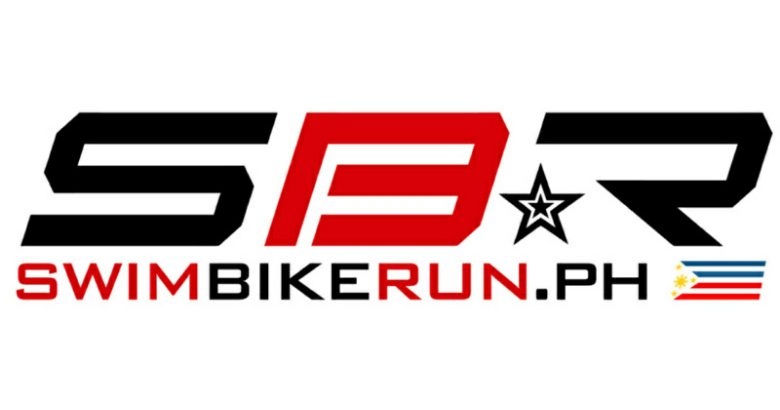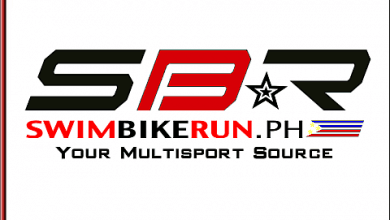How Much Fuel Do You Need During Long Rides?


Cycling nutrition is a crucial aspect of any triathlete’s training and racing plan. During a race, it’s not practical to eat or drink during the swim, and, for many athletes, high calorie intake during the run can lead to stomach problems, including nausea and malabsorption. Thus, the bike leg is the prime time to take on calories—and an effective nutrition strategy on the bike can set you up for a good run.
Marcus Garand, registered dietician and director of sports nutrition for NYC Triathlon Consulting Services, says, “During a race, the cycling leg offers the best opportunity to ingest solid food and fluids, bars, gels and sports drinks. Nutrition and hydration during the cycling leg sets the stage for a strong run. On the other hand, inadequate nutrition and poor hydration on the bike can lead to dehydration, cramping and GI issues.”
Yet, how do you know what, when and how much to take in? While every individual will have different needs, there are a few basic guidelines triathletes can follow to help ensure they give themselves the best possible opportunity for success on race day.
In general all athletes will need:
- 16 to 32 oz. of fluid per hour
- Plus, 30 to 60 grams of carbohydrate per hour
Here is where it can get a bit tricky. According to Neal Henderson, director of sports science at the Boulder Center for Sports Medicine in Colorado, “At intensity, it is impossible to match your [fluid and calorie] intake to your body’s expenditure. The body only has a finite capacity to absorb carbohydrates; thus, you can only take in so much before the body can’t absorb any more. The result of over-intake of carbs is what leads to GI distress.”
Therefore, at higher intensities you will eventually reach a breaking point at which you will either have to slow down or risk bonking. One way to determine how long you can maintain a given intensity is to use a power meter in your cycling training.
Henderson states, “By using a power meter and observing the kilojoules you expend, you can get a fairly accurate measure of calories you are burning.” This is due to the fact that, while cycling, there is very close to a 1:1 ratio of calories needed to kilojoules expended.
If you don’t have a power meter, you will have to do a bit of trial-and-error testing during your training. But you already know you will need somewhere between 16 and 32 ounces of fluid and 30 to 60 grams of carbs, so you have a ballpark to start with.
After taking this into account, consider that the higher your intensity the higher your caloric expenditure will be. However, this is where the trial and error comes in; you can take in too much. Thus, be conservative in your intake adjustments and don’t try and empty the cupboard before every ride.
Here are a few nutrition tips for racing and long training rides:
- Pack more gels and/or energy bars than you think you‘ll need. You may drop some or may have a craving for one over the other.
- Try/test different fuel/hydration systems during training. If a system is hard to use or unreliable, you won’t use it as frequently as you should.
- Determine how much to carry and how much to get from aid stations. Depending upon what’s being served on course, you will want to carry more or less food with you; however, note that most races feature well-stocked aid stations, so don’t load yourself down unnecessarily.
- Know what is at the aid stations and where they are located.
- Base nutrition intake on time not on mile markers; set your watch to remind you to drink on schedule. Try to take in eight ounces every 15 minutes and close to one gel or half a bar per hour.
- Mark your bottles accordingly so you know how much you‘re drinking. For example, measure out eight ounces and then mark 8 oz. increments on your bottles to help keep your nutrition plan on track.
- Drink intermittently when your pace is steady.
- Practice all nutrition and hydration strategies and techniques during training.
Source: Jimmy Archer Triathlete magazine










